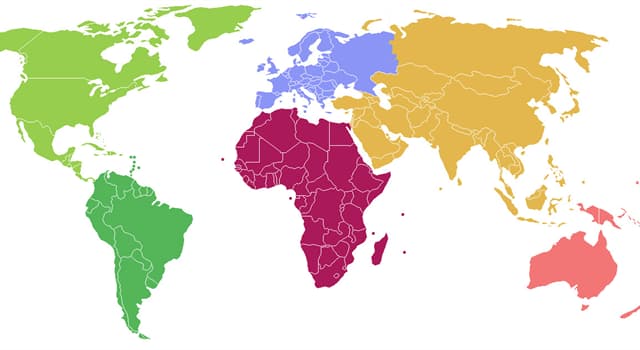

Since Africa’s landlocked countries are poorly governed, it is no surprise that many of them bear witness to civil strife. Afterwards, the country’s northern region of Eritrea became independent, leaving the remainder of Ethiopia landlocked. Ethiopia, Africa’s most populous landlocked country, came under the control of a Marxist regime in the mid-1970s, which presided over civil war and famine until losing control in the early the 1990s. He persecuted the country’s remaining white population and crushed any challenges to his leadership, living a life of luxury as his people fell further into poverty. During his rule, Mugabe led a once prosperous country to economic ruin. Zimbabwe, for example, was governed under the dictatorship of Robert Mugabe for nearly four decades. In fact, nearly all of Africa’s landlocked countries have been governed by corrupt dictatorships and unstable regimes. In addition to having stagnant economies dependent on commodities, most of Africa’s landlocked countries are also very poorly governed. Hence, these countries are stuck being sources for commodities, which are subject to severe price fluctuations, leading to a lack of economic stability and consistent, stable growth, all because they have no direct maritime access. In short, landlocked countries in Africa face a situation in which there is no incentive to grow their manufacturing sector since their exports are already at a competitive disadvantage due to the increased costs and delays associated with transporting goods through landlocked countries. If, for example, the price of gold drops significantly, the economies of the Botswana and the Central African Republic could be severely affected, leading to a situation in which the governments of these two countries have no revenue to build infrastructure or expand social services. Another major problem is that commodities are very vulnerable to market fluctuations. One of these problems is the fact that there is no incentive to build new infrastructure other than that which would be an advantage to the mining industry. But being dependent on the export of certain commodities can present significant problems. For example, the economies of Botswana and the Central African Republic are heavily dependent on gold and diamonds, while Zambia is highly dependent on copper. Editorial credit: fivepointsix / Īn underdeveloped manufacturing sector is the reason many landlocked African countries have come to depend on natural resources and certain commodities for their economic fortunes. Less Diverse Economies Large trucks excavate coal from an open cast mine. As a result, the ability of landlocked countries in Africa to export goods is limited, which means that there is less incentive for these countries to develop and expand their manufacturing capabilities. The additional costs and delays associated with exports from landlocked countries are routinely passed on to the consumer, which means that they are more expensive, and therefore less attractive on the international marketplace. The goods also need to cross the borders of one or more different countries, which can lead to all kinds of delays associated with crossing international borders, as well as additional costs from tariffs and other duties placed on cross-border trade. Goods from landlocked countries like those in Africa are more expensive to transport because they often need to travel by land through other countries to the nearest seaport. But landlocked countries face higher costs when exporting their products than countries with maritime borders. For instance, one way many countries have been able to grow their economies is through their exports, which bring revenue to local producers and to local governments through taxation. African countries that are landlocked tend to have more limited opportunities to grow and develop their economies.


 0 kommentar(er)
0 kommentar(er)
